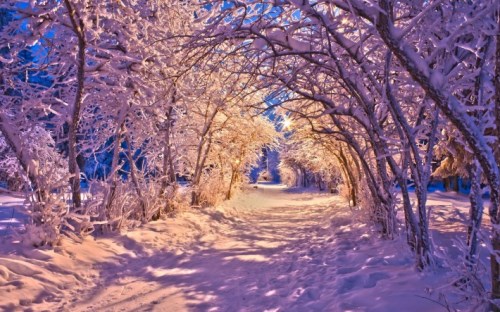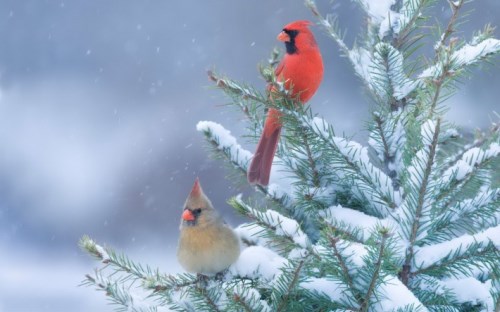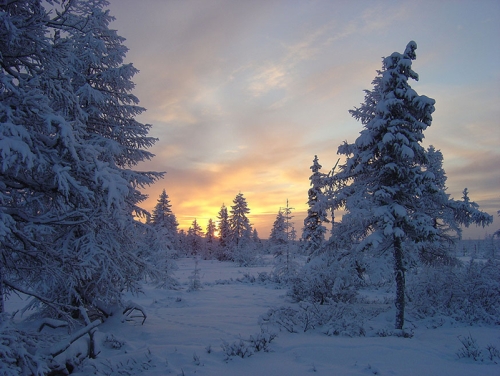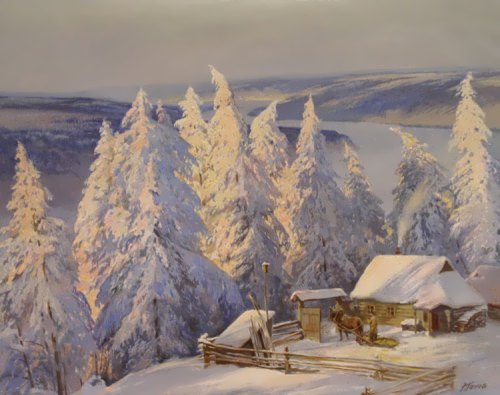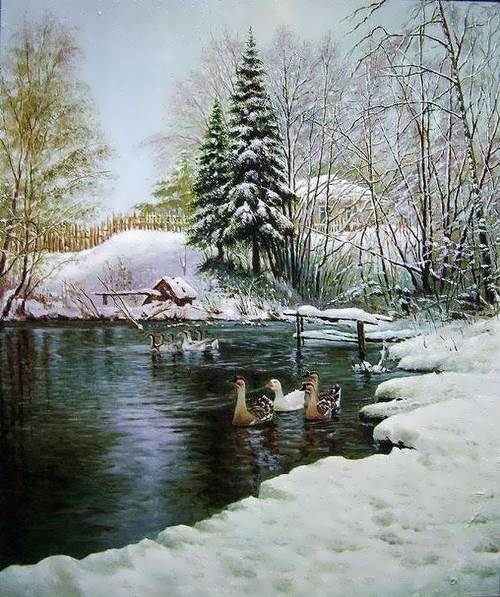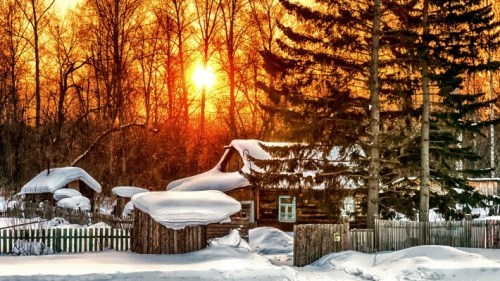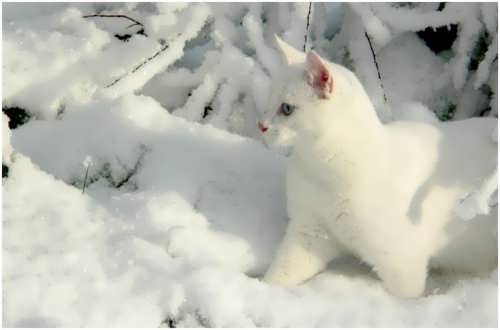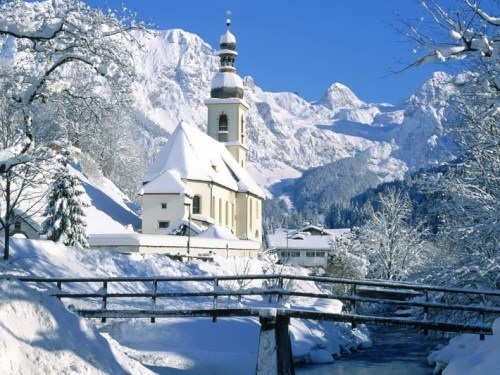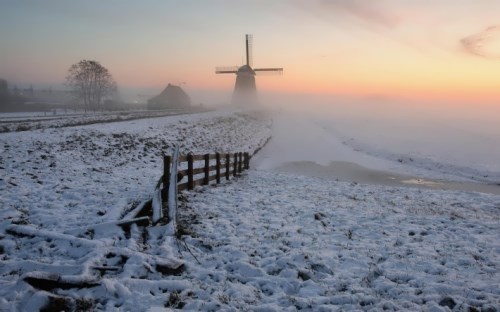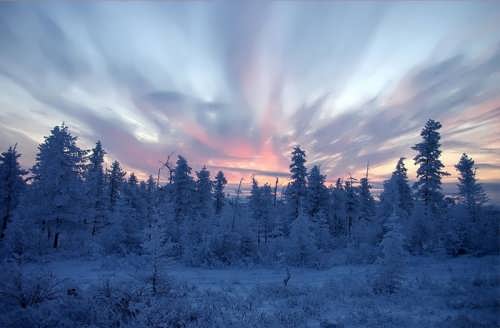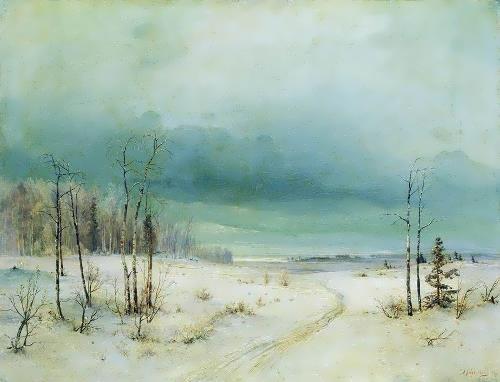Winter is beautiful
Winter is the season of snowstorms and ice. The sky is grey and covered with low clouds, snowflakes fall from the sky. In winter the sun shines rarely, its rays are pale, it sets early and rises late. The winter days are short and the nights are long. Sometimes the wind blows and snowstorm begins. The rivers and lakes are frozen and covered with ice, it is very cold, the air is frosty and trees are covered with hoarfrost.
There is a wonderful holiday – New Year.
Like the other three seasons, winter has an exact astronomical beginning. Whereas spring and autumn commence at the spring and autumnal equinoxes respectively, winter and summer begin at their respective solstices. The winter solstice is situated midway between the autumnal equinox, the start of autumn, and the spring equinox, the start of spring. The amount of time the sun requires to traverse the 90° section from the winter solstice to the spring equinox is known as the season of winter.
The winter solstice played an important role not only in mythology and religion, but also in art and literature. Early basilicas and medieval cathedrals, for example, were frequently adorned with symbolic representations of the seasons and of the individual months; some of the carved stone scenes depicting the calendar year show winter as a season of contrasts between the laborious preparations for the rough wintry days ahead and the Christmastide revelries.
Hail, snow and ice
When the air is very cold, the rain-drops freeze. They freeze into hard little balls. We call that hail.
In winter the water freezes in the clouds, and then falls in little flakes. That is snow. Millions and millions of snow-flakes come down. They are white, cold and soft.
Ice is only frozen water.
The Little Ice Age
It was the time when the weather was so harsh that it came down in history as the Little Ice Age. The great rivers in Europe, including the Thames, froze regularly in winter. Vegetables, fruit and corn could not grow properly because frost killed the plants.
This Little Ice Age happened just a few hundred years ago and it was at its worst in seventeenth century, when William Shakespeare and Isaak Newton were alive.
In the first 1,000 years after Christ, the Thames froze, at least eight times. In the winter of 1149-50 the river froze so hard that men could cross it on horseback at London.
Between 1407 and 1565 the river froze a total of six times. People rode horses and drove carts across the ice on several of toll collections on the bridges.
In the seventeenth century, the frozen river became almost a regular winter sports arena.
Interesting facts
– There are no absolutely identical snowflakes! All snowflakes and their crystals are unique and form their own unique combinations. The snowflakes are made up of 95% air. That is why they are falling very slowly.
– Just a few centuries ago, people sculpted a snowman not for fun, but to appease the evil forces of Winter.
– The most famous big snowflake was more than 12 cm in diameter.
– On April 30, 1944 in Moscow people saw snowflakes as big as a man’s hand.
– More than half of the Earth’s population has never seen real snow!
– Dirty snow melts more slowly than pure.
– On February 18, 1979 it was snowing in the Sahara Desert.
– There is a museum of snowflakes on Hokkaido Island, Japan.

